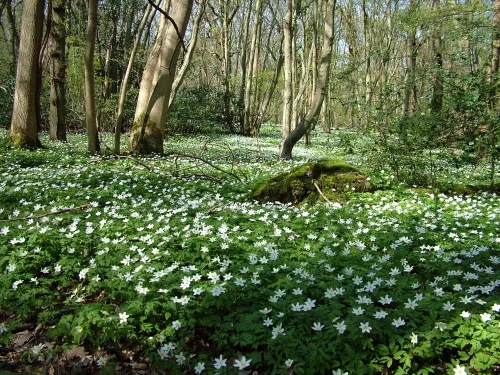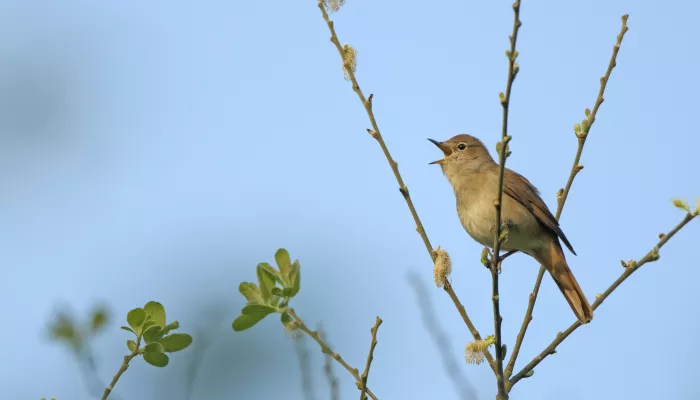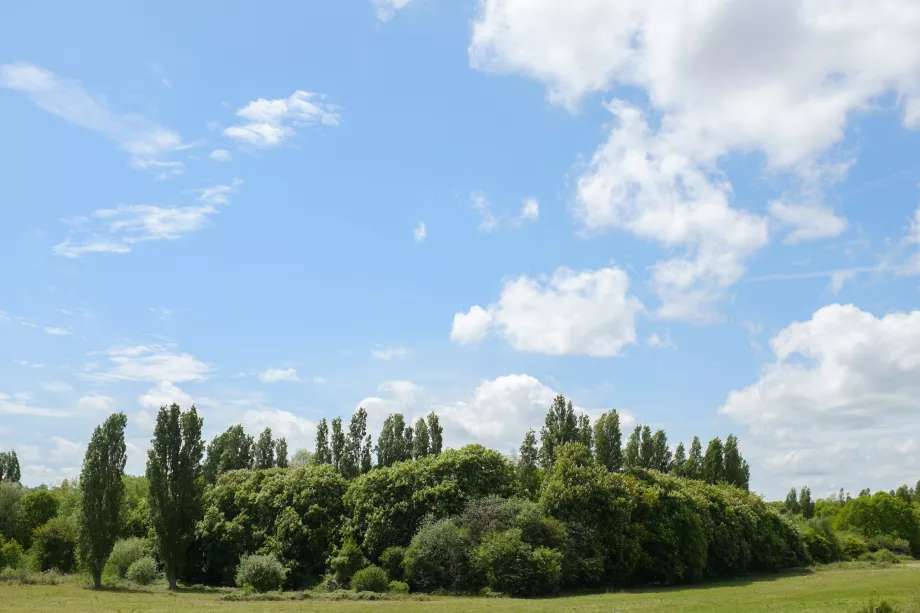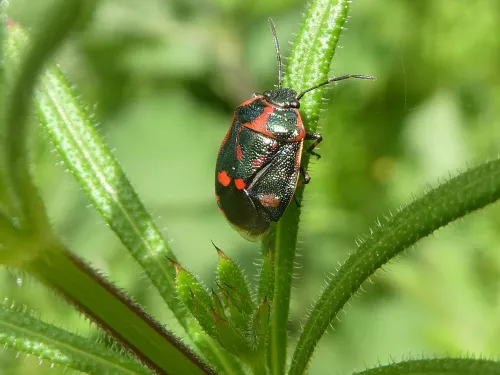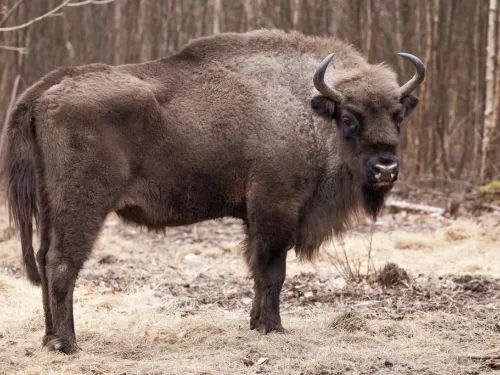Stephen Trotter, The Wildlife Trusts’ Director, England, said: “This is an astonishing decision. Medway Council and the Ministry of Defence have a national responsibility to look after Lodge Hill and Chattenden Woods for the benefit of our own and future generations.
"This is not a case of the environment versus the economy. Nor is it a case of houses for people versus homes for wildlife.
"The Wildlife Trusts recognise the need for places for people to live and work and work hard to support sensible and sustainable development.
"Wildlife Trusts work closely with developers to secure successful and reasonable solutions which integrate development and wildlife for the benefit of everyone.
“Well sited and designed developments are good for people, good for wildlife and good for business and the economy - they must go together.
"All of the evidence demonstrates that where the natural environment is put at the heart of planning decisions, people's quality of life and the value of their properties is far higher.
"Bad decisions, however, lead to wholly avoidable and unacceptable impacts on people, business and the natural environment.”
John Bennett, Chief Executive of Kent Wildlife Trust, said: “We are extremely disappointed that Medway Council has approved this development, particularly so soon after decrying Estuary Airport proposals due to the damage it would cause to wildlife and habitats.
"These principles appear to have been quickly forgotten. The advice of the same organisations that the Council relied upon to fight the airport proposals is now being ignored – in this case our advice has been ignored over a long period.
"This development will also result in mass destruction of habitat and wildlife that cannot be replaced. The country cannot afford to lose our most precious and highly protected wild places like Lodge Hill which after all is supposed to be protected in law.
“Councils and government should take decisions that affect our environment with care and after considering all the facts – this has not happened in this case and the Government should call in this proposal. We would urge the Council and government to work together to find a solution to this problem in Medway.
“Kent Wildlife Trust will continue to fight for the protection of the important habitats, animals and plants that make this place so special.”
The Wildlife Trusts would like to see the decision ‘called in2’ by the Rt Hon Eric Pickles MP, Secretary of State for Communities and Local Government, and for the issues to be examined by an independent inspector.
